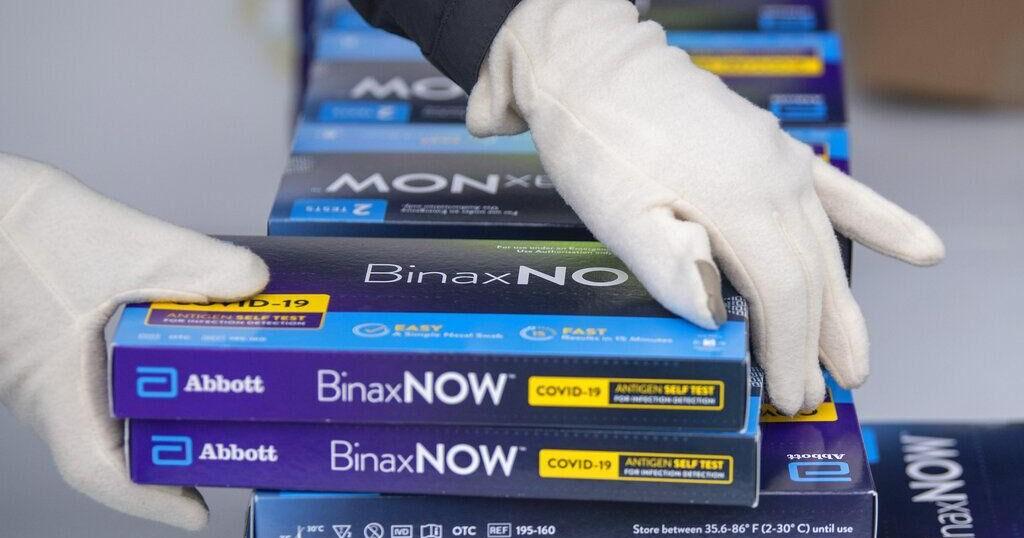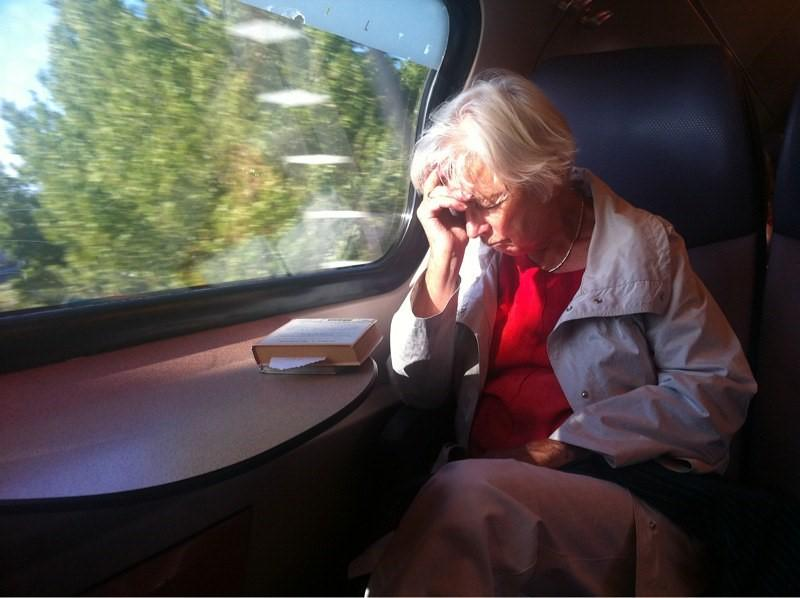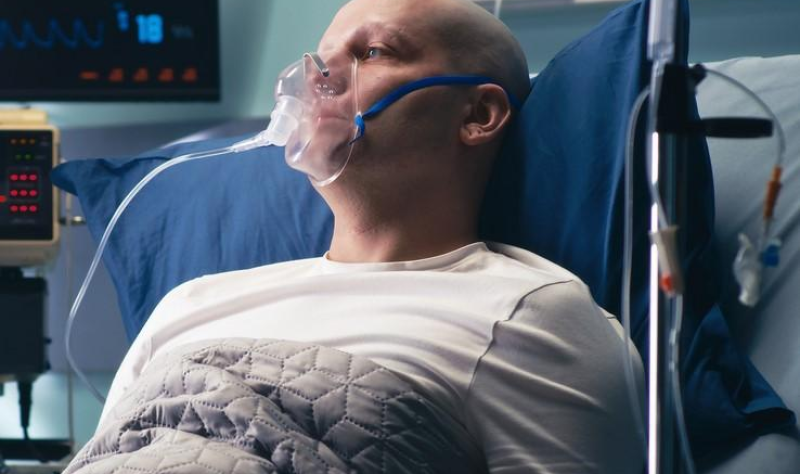Another summer COVID surge? Experts urge precautions as coronavirus cases rise – NOLA.com


Just days after hundreds of thousands packed the New Orleans Fair Grounds for Jazz Fest, COVID cases are once again picking up in Louisiana, and the increases are following a familiar pattern.
First, one area of the state starts seeing the percentage of positive tests go up. Case counts jump too, said Theresa Sokol, epidemiologist for the Louisiana Department of Health.
“Then it kind of spreads to the rest of the state,” she said.
This time, ground zero appears to be metro New Orleans.
Over the last seven days, Louisiana reported 2,306 positive coronavirus cases, a 50% increase from the week before. The cases are most concentrated in New Orleans, with 357 of 574 cases reported Wednesday occurring in the metro area.
Baton Rouge reported 39 new cases and Lafayette reported 32.
New Orleans also had an average weekly positive test rate of 4.6% for all tests reported, the highest it’s been since Feb. 3 of this year. The positivity rate statewide is 3.1%, about what it was near the end of the omicron surge in February.
Hospitalizations have also started to tick up slightly, though they remain low. Of the 67 patients hospitalized with COVID on Wednesday, 40% were in New Orleans, about 15% were in Baton Rouge and the Northshore, and 4% were in Lafayette.
Although Louisiana is in a significantly different place than in previous summers due to more vaccinations, boosters, and protection from previous infections, the amount of COVID found in wastewater samples is also rising. Although cases are rising at a more moderate rate than previous surges, health officials are urging precaution.
“I’m concerned enough that in the office my team has started masking again,” said Sokol.
Experts also stress that reported cases capture only a fraction of the amount of COVID in the state. At-home tests, while convenient, are obfuscating the whole picture, said Dr. David Mushatt, section chief of adult infectious diseases at Tulane School of Medicine. It seems like nearly everyone knows someone who has tested positive in the last couple of weeks.
“I’m getting emails from faculty turning positive and spouses a few days later,” said Mushatt. “It’s clearly out there.”
With two weekends of Jazz Fest that concluded last Sunday, officials are also trying to understand how those massive crowds may have influenced the case rates in New Orleans.
“I don’t think there is any way Jazz Fest can not play some role,” said Mushatt, though he noted levels had been rising before the festival started at the end of April.
It’s still difficult to say how many positive cases are going uncounted. Some estimates suggest reported tests represent as little as 7% of the total cases, said Mushatt.
In an effort to get a more complete picture, the state in March started a pilot wastewater tracking program that will eventually expand to 100 sites. So far, some of the sites have shown significant upticks, said Sokol. The levels of COVID in wastewater from the French Quarter increased 10-fold between May 2 and 6. In Little Woods, located in New Orleans East, the increase was 100-fold.
Because case counts have been relatively low, those increases aren’t as dire as they sound. Experts say a 1,000% increase in COVID levels in wastewater over a short time would be cause for alarm.
The state also tested wastewater from the portable toilets at Jazz Fest. Samples from the first weekend indicated no change from the baseline measurement captured in the weeks leading up to the event. But an issue having to do with the covers of the manholes prevented a collection during the second weekend.
The state was unclear on whether the chemicals in the portable toilets influenced the wastewater analysis from the first weekend, something they were aware of when the project began.
So far, the increasing cases have not translated to increased deaths. Just two people have died over the last seven days, a decrease from 16 the week prior and 10 one month ago. But as patients stack up in hospitals, that may change.
“It’s not overwhelming the hospitals, but we’re seeing more people who are testing positive,” said Dr. Julio Figueroa, chief of infectious diseases at LSU Health New Orleans.
For now, Figueroa said it’s a good idea to upgrade masks to a well-fitting, high-quality filtering mask, especially for people who are elderly or immunocompromised. The next couple of weeks will determine how much another surge will disrupt our lives, which is largely dependent on how many are infected and hospitalized.
“We’re back to not quite square one but pretty close,” said Figueroa. “If you’re in large cities, large indoor situations where there are a lot of people, and you’re breathing the same air as they are, basically you’re putting yourself at risk for getting exposed.”
Although far fewer are dying, long COVID is still affecting a significant number of people, Figueroa pointed out. And getting infected means more people miss work, leading to disruptions in society. Federal officials have already warned that the coronavirus may cause a significant surge in the fall, which could also be complicated by new variants.
“Hopefully, we won’t get the big surge,” said Figueroa. “But I’m worried about the fall; predictions have been more or less correct. We might be in for more trouble at some point.”



